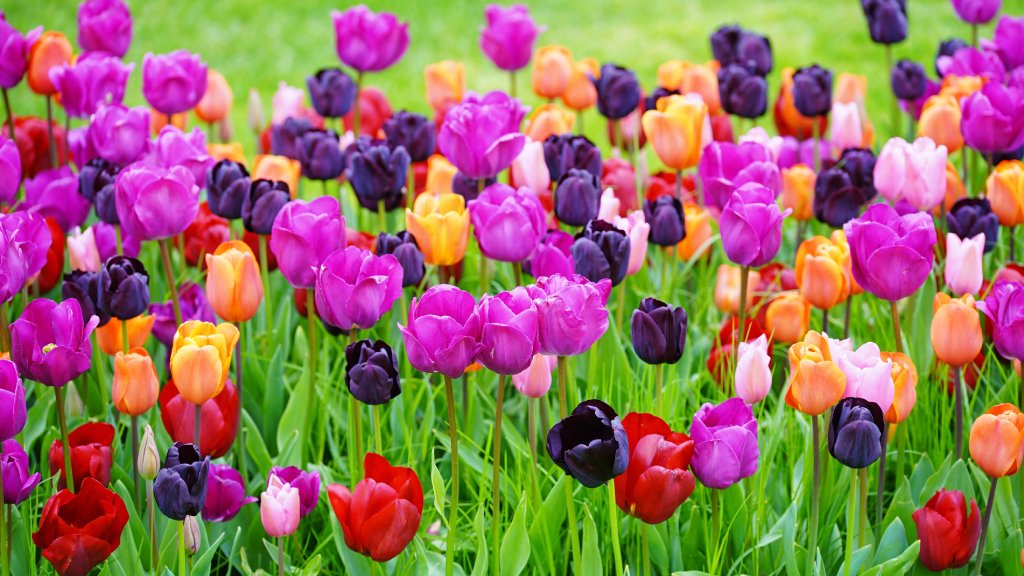Tulip Seedling Care: A Complete Guide to Growing Vibrant Blooms
Tulips are among the most beloved flowers in the world, admired for their bright colors and elegant shapes. While most gardeners start with bulbs, growing tulips from seedlings can be a rewarding experience for those who love nurturing plants from the very beginning. Caring for tulip seedlings requires patience, attention, and the right techniques to ensure these delicate plants develop into stunning blooms.
In this guide, we’ll cover everything you need to know about planting, caring for, and maintaining tulip seedlings so your garden flourishes with vibrant flowers.
Understanding Tulip Seedlings
A tulip seedling is the early growth stage of a tulip plant after germination. Unlike bulbs that store energy to sprout quickly, seedlings take more time to establish because they grow from seeds. This means the process from seed to bloom can take several years—usually 2 to 5 years—before you see flowers.
Although this method is slower than planting bulbs, it’s an exciting journey for gardeners who enjoy watching nature unfold step by step.
How to Start Tulip Seedlings
-
Choose Quality Seeds
Begin with high-quality tulip seeds from a trusted supplier. Not all tulip varieties produce seeds, so ensure you select a variety that does. -
Prepare the Soil
Tulips thrive in well-draining soil. Mix in organic matter like compost to improve fertility and aeration. Avoid heavy clay soils that retain water, as this can cause rot. -
Planting the Seeds
Sow seeds in a tray or pot filled with moist soil. Cover them lightly with soil—about 1/4 inch deep. Tulip seeds require a period of cold stratification to germinate, which mimics winter conditions. -
Cold Stratification
Place the seeded trays in a refrigerator or a cold, protected outdoor spot for 8–12 weeks. This chilling period is essential for breaking seed dormancy.
Caring for Tulip Seedlings
Once the seeds germinate, small green shoots will appear. Here’s how to nurture them during this delicate stage:
-
Provide Adequate Light
Tulip seedlings need bright, indirect sunlight to grow strong. If natural light is limited, consider using a grow light. -
Maintain Moisture
Keep the soil slightly moist but not waterlogged. Overwatering can lead to fungal diseases or root rot. -
Temperature Control
Tulip seedlings prefer cool temperatures during early growth. Avoid exposing them to extreme heat or sudden fluctuations. -
Transplanting
Once seedlings develop several leaves and become sturdy, transplant them into larger pots or directly into a prepared garden bed. Space them properly to allow root expansion.
Common Challenges with Tulip Seedlings
-
Slow Growth
Patience is key. Tulip seedlings can take years to mature, so don’t be discouraged by their slow pace. -
Pests and Diseases
Watch out for fungal infections, aphids, and slugs. Use organic pest control methods or neem oil when necessary. -
Overcrowding
Thin out seedlings if they’re too close together to avoid competition for nutrients and water.
Feeding and Fertilizing
For healthy growth, feed seedlings with a balanced, slow-release fertilizer once they establish roots. Avoid over-fertilizing, as this can damage tender roots and disrupt growth.
When Will Tulip Seedlings Bloom?
Growing tulips from seedlings is a long-term commitment. Most will not bloom in the first year, as they need time to develop strong bulbs underground. Expect flowers in the third or fourth year, though this timeline may vary based on the variety and growing conditions.
Why Grow Tulips from Seedlings?
While bulbs provide instant gratification, growing tulips from seeds offers:
-
A Deeper Connection with Nature: Watching the entire lifecycle from seed to bloom is fulfilling.
-
Unique Varieties: Seed-grown tulips may produce subtle variations in color and shape, adding uniqueness to your garden.
-
Cost-Effectiveness: Seeds are often cheaper than bulbs, making them a great option for large-scale planting.
Final Thoughts
Caring for tulip seedlings is not for the impatient gardener, but the rewards are worth it. With proper care, time, and attention, these tiny plants will grow into stunning blooms that brighten your garden for years to come. If you’re ready for a gardening project that tests your patience and brings unmatched satisfaction, start with tulip seedlings—you won’t regret it.
